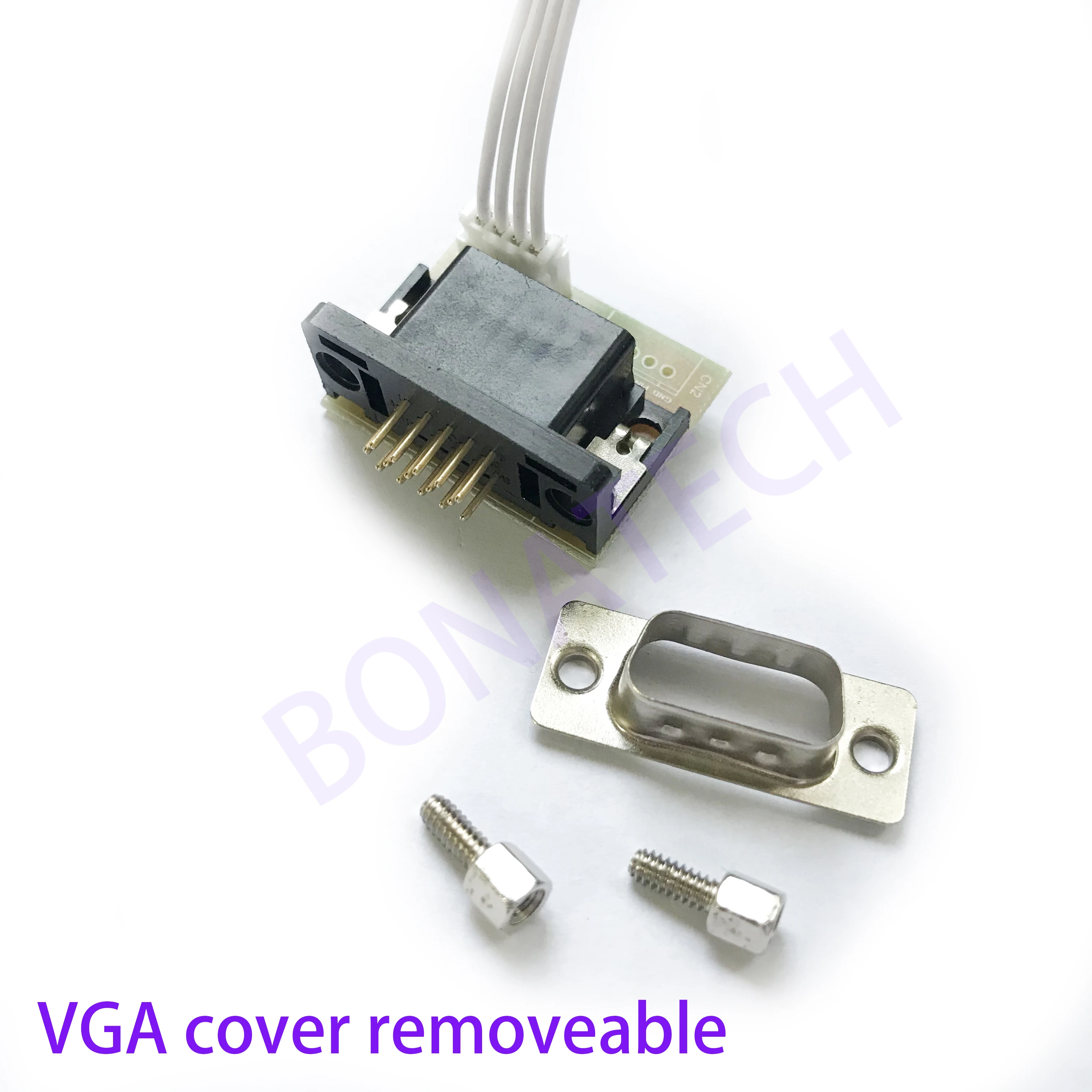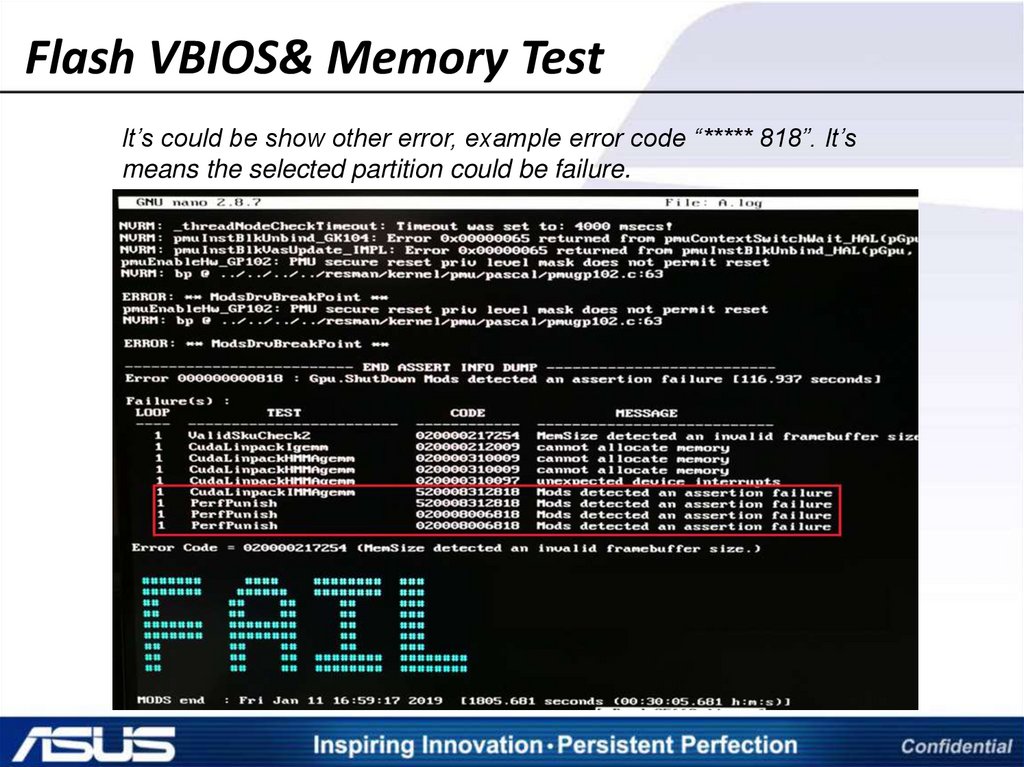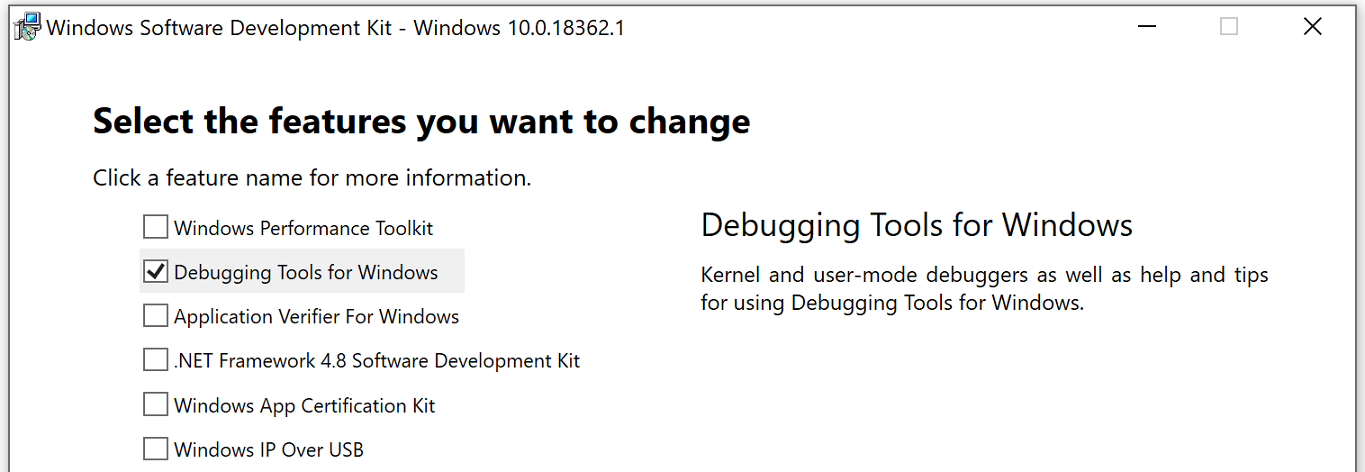
- #Windows usb debug tool how to
- #Windows usb debug tool serial
- #Windows usb debug tool driver
- #Windows usb debug tool Pc
- #Windows usb debug tool windows
#Windows usb debug tool serial
To verify this is the problem occurring, open device manager and look for "USB Debug Connection Device" under "Universal Serial Bus controllers". "Processor" will be listed under "Device specifications". To find the processor model of the target machine, open the Settings app and go to "System" then "About". This issue affects debug configurations when the debug cable is connected to a USB 3.1 controller on the host and an Intel (Ice Lake or Tiger Lake) 3.1 USB controller on the target.įor more information and processor model listings see Ice Lake (microprocessor) - Wikipedia and or Tiger Lake (microprocessor) - Wikipedia.
#Windows usb debug tool windows
If a windows notification appears on the host with the text "USB device not recognized" when inserting the debug cable it is possible that a known USB 3.1 to 3.1 compatibility issue is being hit. Troubleshooting USB device not recognized
#Windows usb debug tool Pc
One way to do reboot the PC, is to use the shutdown -r -t 0 command from an administrator's command prompt.Īfter the target PC restarts, the debugger should connect automatically. Once the debugger is connected, reboot the target computer. Kd /k usb:targetname= TargetName Reboot the target computer On the host computer, open a Command Prompt window and enter the following command, where TargetName is the target name you created when you set up the target computer: Windbg /k usb:targetname= TargetName Using KD You can also start a session with WinDbg by entering the following command in a Command Prompt window, where TargetName is the target name you created when you set up the target computer: Enter the target name that you created when you set up the target computer. In the Kernel Debugging dialog box, open the USB tab. Starting a Debugging Session Using WinDbg
#Windows usb debug tool driver
After the USB debug driver is installed, you can use either the 32-bit or 64-bit version of WinDbg for subsequent debugging sessions. This is why it is important to match the bitness of WinDbg to the bitness of Windows. Click OK.Īt this point, the USB debug driver gets installed on the host computer.

In Device Manager, navigate to the node for the xHCI host controller. To avoid these problems, disable selective suspend for the xHCI host controller (and its root hub) that you are using for debugging. In some cases, power transitions can interfere with debugging over USB 3.0. Look for an indication that a port on the host controller supports debugging. In UsbView, expand the nodes of the xHCI host controllers. In UsbView, locate all of the xHCI host controllers. The UsbView tool is included in Debugging Tools for Windows. On the target computer, launch the UsbView tool. On the target computer, an xHCI (USB 3.0) host controller that supports debugging On the host computer, an xHCI (USB 3.0) host controller

This is an A-A crossover cable that has only the USB 3.0 lines and no Vbus. The computer that runs the debugger is called the host computer, and the computer being debugged is called the target computer.ĭebugging over a USB 3.0 cable requires the following hardware:Ī USB 3.0 debug cable.


#Windows usb debug tool how to
This topic describes how to set up USB 3.0 debugging manually. Debugging Tools for Windows supports kernel debugging over a USB 3.0 cable.


 0 kommentar(er)
0 kommentar(er)
